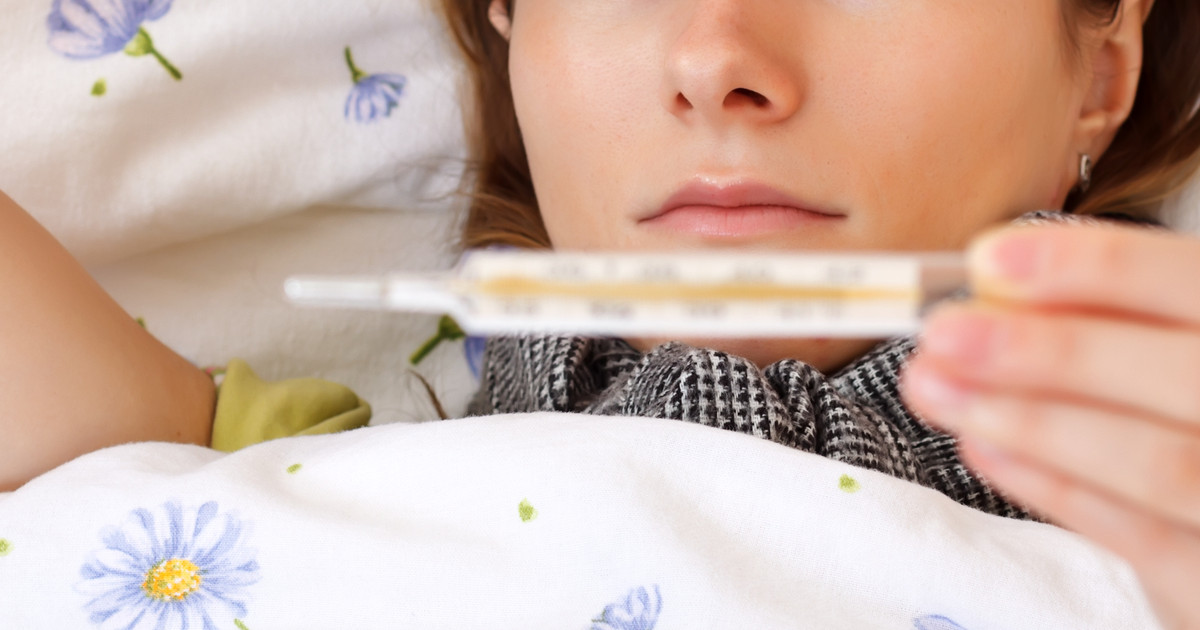What Are The Warning Signs Of Stevens-Johnson Syndrome?
Stevens-Johnson syndrome, which is quite serious, seems to affect an individual's skin and mucous membranes. Medication reactions appear to be the main cause. This may be a reaction to a new medication or a higher dose of a current one. Patients may experience the reaction up to two weeks after stopping a medication. Medications that seem to have the ability to cause this condition include medicine for gout and pain medication. Antipsychotics and anticonvulsants may be other examples. Some infections may also trigger this condition.
Emergency medical attention at the hospital appears to be the main Stevens-Johnson syndrome treatment. Medication for Stevens-Johnson syndrome may be included. This might mean pain medication, antibiotics, and topical steroids. However, patients may need to stop taking anything that is not essential to their health. They may also require fluid replacement for Stevens-Johnson syndrome. Natural remedies for Stevens-Johnson syndrome may also help patients manage their symptoms.
Skin Rash
Patients may not have a rash on their skin as the first symptom of this condition. However, many doctors consider this the most characteristic symptom. It also appears to be a serious one because of skin damage. Some patients may notice their skin becomes red in certain areas. Raised and reddened spots may also appear.
The skin rash linked to this condition is likely going to spread quite quickly. Patients may see the red patches form a rash first and then attack other parts of their skin. Some of them claim that their rash looks like a target. They can also expect it to form the most often on their palms, soles, face, and upper chest. However, the rash may not stay isolated there.
Continue reading to learn about more potential symptoms now.

Fever
It seems as if the first symptom of Stevens-Johnson syndrome to develop is a fever. However, they may not realize this is what caused their fever, as fevers can indicate many conditions. The fever may begin one to three days before the iconic rash appears. There may also be other flu-like symptoms at the same time. Patients with a fever may be encouraged to rest at home unless their temperature goes higher than 103 degrees Fahrenheit. There may also be an exception if other serious symptoms develop, especially when they are related to Stevens-Johnson syndrome.
Reveal more potential warning signs of this condition now.

Blisters
Blisters seem to develop on top of the rash, which may lead to skin erosion. Although the blisters can happen on the skin, they do not seem to be limited to it. The mucous membranes may also develop blisters. In Stevens-Johnson syndrome, this may happen on the patient's nose, genitals, or lining of their mouth. All of these blisters can erupt and bleed.
If the blisters develop on the patient's lips, they can cause intense pain. This might make it harder for individuals to eat. If they develop within the patient's urinary tract, they may experience pain while urinating. Their urine flow may also deplete. It can be hard to predicate where the blisters will develop first. The mucous membranes may be affected before the skin. In other cases, the rash may have already spread before the blisters appear.
Discover more possible warning signs now.

Sore Throat And Mouth
Patients with this condition may also develop a sore throat and mouth. This can happen before serious symptoms, such as the skin rash, appear. However, the soreness may set in when the mucous membranes in their mouth develop blisters. The same also seems to apply to blisters on their lips, especially if they burst. Patients may be lucky, and their sore throat and mouth will stay mild. Other individuals may not be so lucky, and as their rash spread rapidly, the pain in their mouth and throat can get much worse, almost at the same rate.
Get more details on the possible symptoms of this syndrome now.

Widespread Pain
This condition appears as if it is quite painful. Patients may only deal with an itchy rash in the beginning. However, this can also progress and be quite the stinging or burning pain. The blisters can also be very painful, particularly if they burst and result in open wounds. Open blisters can also put patients at a higher risk of infection. Infections themselves may also result in significant pain.
Patients may deal with blisters and rashes on up to ten percent of their body. This is quite significant and provides a fair amount of potential for pain. Patients may be able to reduce this pain with prescription medication from the hospital. They may also find cool compresses helpful to clean their skin and remove dead skin. Anesthetic mouth wash might help deal with lesions in the mouth.
